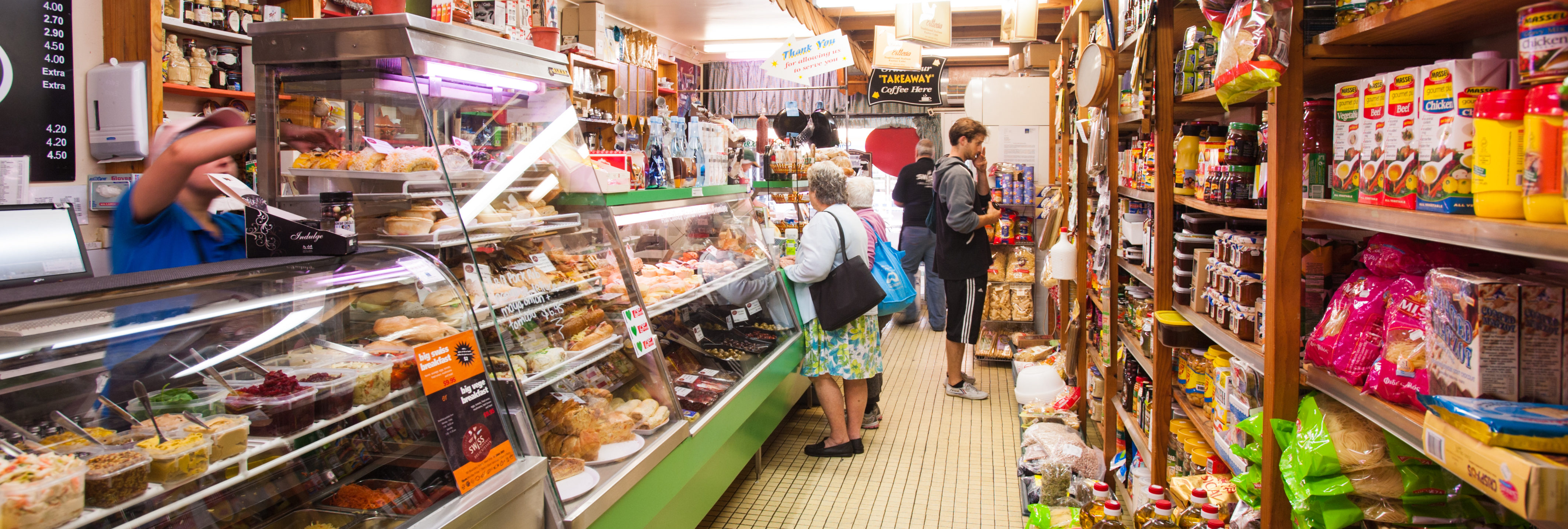Australia has high wages and high living standards. Our minimum wage is one of the highest in the world. To sustain these wages we need many people in jobs and a strong economy, otherwise we will have greater inequality and welfare dependency and risk more social dysfunction.
The people struggling most to secure work are young and first-time job seekers, those with low skill levels and the long-term unemployed.
These vulnerable groups are most harmed by inflated minimum wage increases, such as the extraordinary $45 ambit claim made by the ACTU and defended yesterday by ACTU Secretary Sally McManus.
Minimum wages are a safety net. If we make it too expensive to employ people, we will take away the primary pathway to social inclusion for vulnerable people.
Ms McManus’s claim that 2.3 million people earn the minimum wage is grossly inaccurate. Federal Government figures show that the correct figure is 196,300 people, just 1.9 per cent of all employees. This is less than one-tenth of the figure quoted by the ACTU.
It is true that 2.3 million employees are paid according to an award rate (around 23 per cent of the workforce). This includes skilled employees earning well beyond the minimum wage. The overwhelming majority of award-reliant employees are paid well above the minimum wage – 73 per cent higher on average.
Ms McManus also ignores the fact that employees paid under an award are more likely to be working in a small or medium enterprise than for the “very rich” that she refers to.
In setting minimum wages the Fair Work Commission balances factors including the needs of the lower paid. These employees are more likely to be employed in casual jobs and to be young and single. Some 43 per cent of lower-paid workers have Year 12 qualifications or below, and almost half are under 25.
They typically do not stay low-paid for long. Over two-thirds of low-paid workers leave low-paid work within a year. When they move into a higher-paid job they can expect a 58 per cent wage increase. For the minority that do not move into higher paid work, they are more satisfied – with their financial situation and life in general – than are unemployed people.
Australia needs to pull all policy levers to help young people into employment. Youth unemployment is persistently high, at 13.3 per cent. The proportion of people aged 15-24 who either do not have a job or who want more hours is over 30 per cent. Long-term unemployment is rising and young people are disproportionately represented.
The longer a person is unemployed the more likely they are to remain so. We must not set minimum wages at levels that make it prohibitive for employers to create jobs and offer additional work.
Ms McManus paints a rosy picture of corporate profits, but she ignores the challenge confronting the retail sector, a major employer of younger people and a big payer of minimum award wages. Retail is Australia’s second-largest-employing industry, providing 1.2 million jobs, including 400,000 in regional Australia. Around a third of the workforce is aged 15-24. The industry is a critical job market entry point often used by people who want to combine work and study.
Recently the number of retail businesses has fallen, accompanied by falls in employee numbers and hours worked. The sector is facing fierce competition from domestic and international online retailers, on which spending is growing faster than for “bricks and mortar” retailers. These businesses cannot afford to pay an additional $45 per week or more to each employee.
Businesses create jobs, wealth and revenue. Without employment opportunities in business, Australians’ living standards would drop. If lower-skilled jobs are scarcer due to excessive minimum wage increases, where will young people land their first job? Aside from bringing economic benefits, employment helps young people develop a sense of responsibility and a service ethos. A person’s first low-paying job, whether as a shop assistant or as a waiter, will serve as a stepping stone.
The size of the minimum wage increase is not the zero-sum game between labour and capital that Ms McManus presented. The Fair Work Commission’s decision can both increase incomes for minimum wage earners and encourage job creation.
Australia does not have to choose between lower-paid wage earners, jobs and SME viability – we can achieve a balance that is good for everyone. That is what the Commission tries to do when it sets wages. And that is what the Australian Chamber of Commerce and Industry has done with our proposal for a 1.2 per cent increase in minimum award wages.
This is far more realistic and sustainable than the ACTU’s ambit $45 per week claim. We look forward to seeing the Commission’s decision in coming weeks.
An edited version of this piece was published by Fairfax Media on May 24, 2017.

